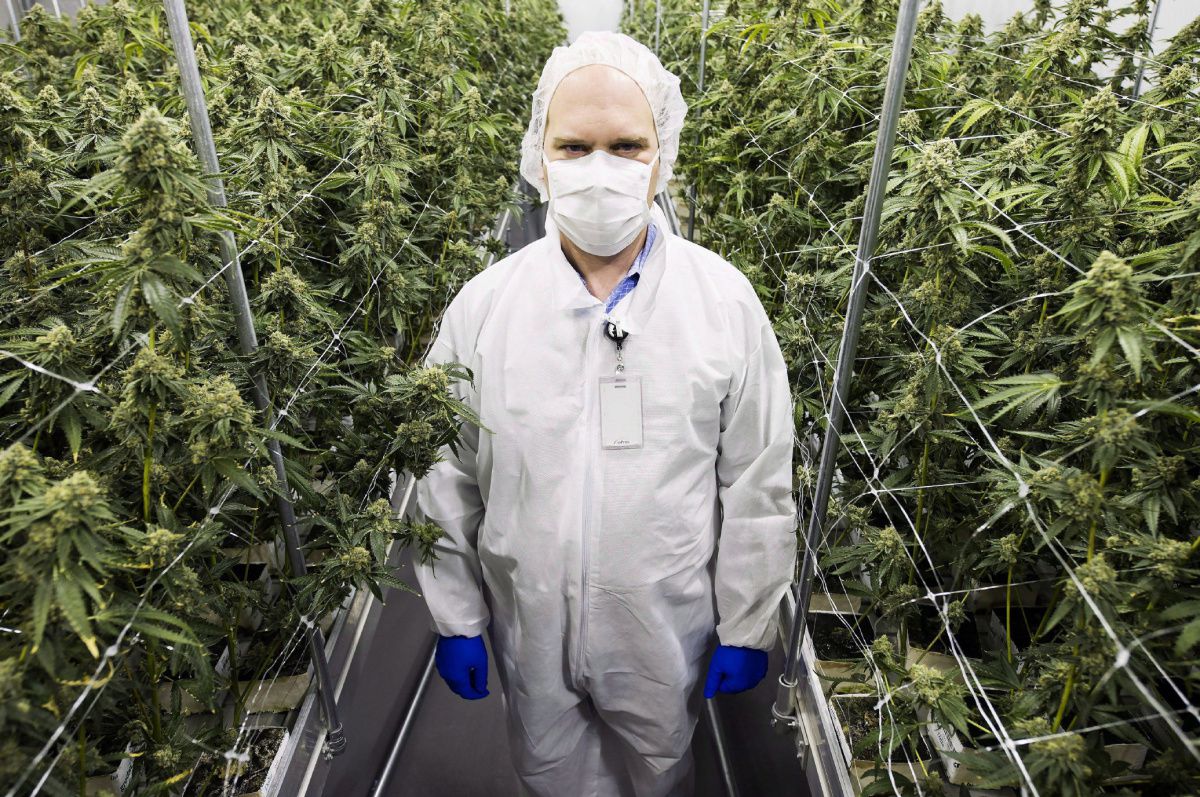Movements
We must study marijuana’s influence on the environment before it’s too late

At a flurry of global news, after decades of false starts and political wrangling, it was eventually written into legislation: Justin Trudeau‘s government legalized recreational marijuana use at Canada.
Ironically, the path of true legalization never did run smooth. A plethora of complicated province-specific policies and regulations have emerged which have functioned to signify the fractured political character of Canada’s federation, but in addition to puzzle its own citizens.
A lot of the advice that was shared before the big day was meant to clear up a number of the people confusion concentrated on the human health dangers of cannabis intake. Billboards and advertisements in green ribbon have cautioned Toronto and Vancouver’s denizens of smoking marijuana may impair the ability to induce, activate schizophrenia and other mental health difficulties, and stoke dependence.
While all commendable and essential warnings, this attention on individual health has emphasized the notable absence of governmental or public discussion on the possible effect of cannabis on the environment, and specifically on North America’s abundant supplies of fresh water.
Often including at the lower rungs of priority in regards to ascertaining the safety of a medication, the effects of a pharmaceutical on the freshwater environment could be important to the health of rivers, lakes and people who reside near.
Also Read: Cannabis rules accepted by City of Carpinteria, now head to Coastal Commission
The gamut is broad and stressing — out of limpets from the UK no more able to cling to stones for survival since they “bathe at a soup” of antidepressants to Canadian man bass growing eggs in their testes after being subjected to the artificial estrogen found in birth control pills.
These examples should serve as a reminder that if deeming a medication fit for economy, we ought to research and variable in its influence on the environment and water systems.
Since the wave of marijuana legalization appears to be steadily crossing North America, in addition, it highlights the way the USA and Canada, together with our shared watersheds and borderless water motion, have to put our minds together on this particular situation.
If it comes to marijuana, a great deal of the study and laws is patchy and regionally specific. In Canada, some laws exists to restrict the usage of over 95 pesticides which could be employed by accredited cannabis producers. There’s also advice to protect against these chemicals out of leeching into nearby water bodies and attaining its flora and fauna.
However, we must understand more.
It is difficult to overstate the value of water into North America’s market and individuals. The five mammoth fantastic Lakes alone accounts for 21 percent of the world’s freshwater supplies and no fewer than 35 million Americans and Canadians rely on them to get their drinking water.
Historically, economic development of the continent has relied on its own networks of rivers and lakes, and now it provides areas to fish, and ship — helping fuel economic activity from the tourism and recreation market. To put it differently, every financial sector in North American is dependent upon fresh water.
We’re nevertheless limited in our comprehension of just how much recreational use of cannabis in Canada increases thanks to legalization. Some projections indicate a steep growth, but we will need to be monitoring ingestion to understand what might be leeching to our water.
Also Read: Marin cannabis researchers claim breakthrough against chronic diseases
Secondly, when cannabis itself is metabolized by both people and excreted to our water supplies, it may lead to risks which are yet poorly understood which aren’t accounted for when only applied pesticides are analyzed. We need further research to meet these information gaps.
Our warm water flows freely across our continent; cannabis flowing from British Columbia won’t stop short in the boundary with Idaho.
North America’s authorities, scientists and business have to work together to ensure a detailed comprehension of the effects of marijuana on new water,and upgrade wastewater treatment centers and regulations to help protect our rivers and lakes.
